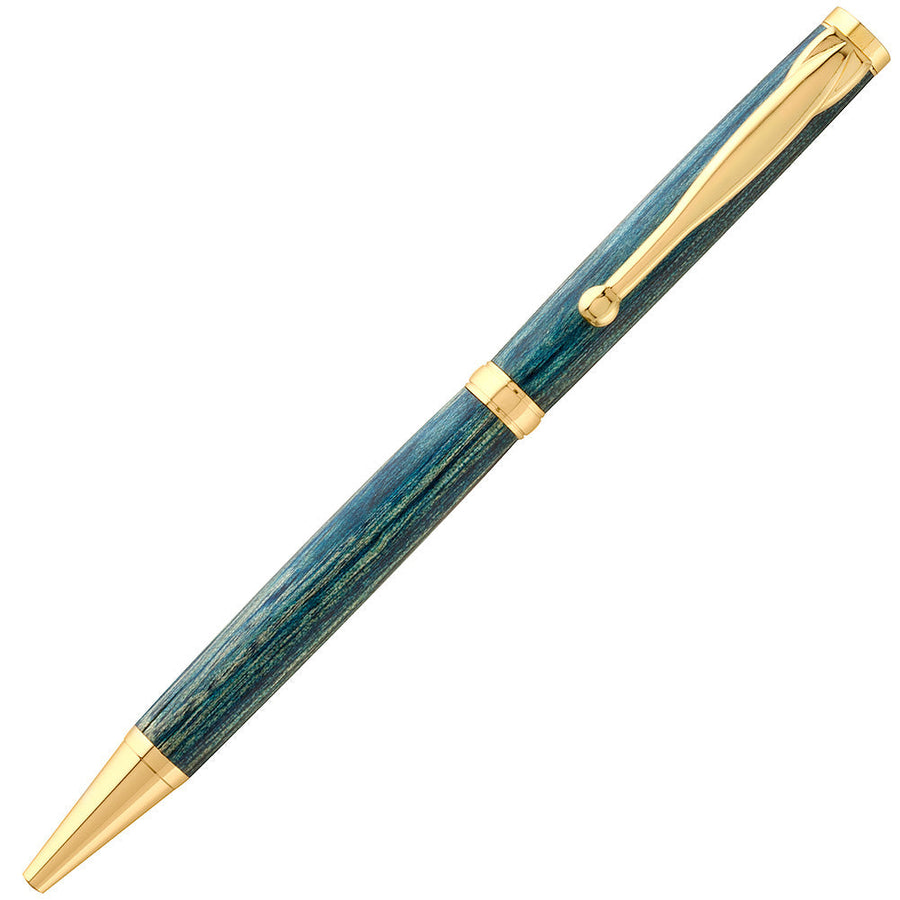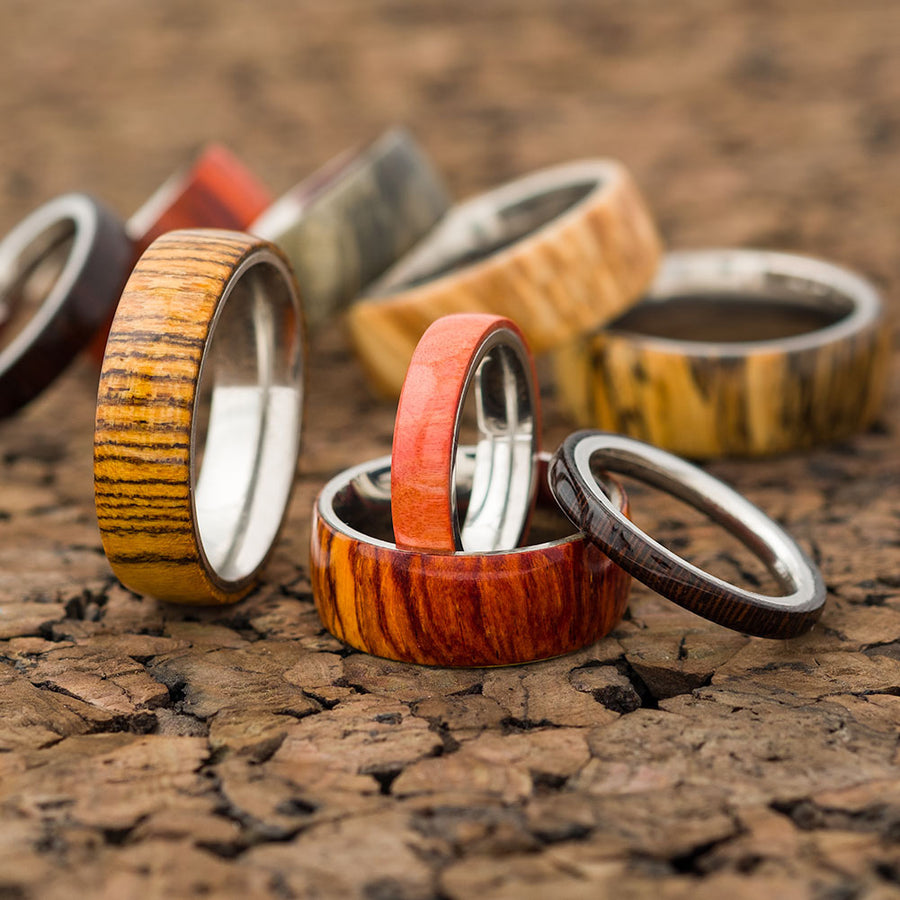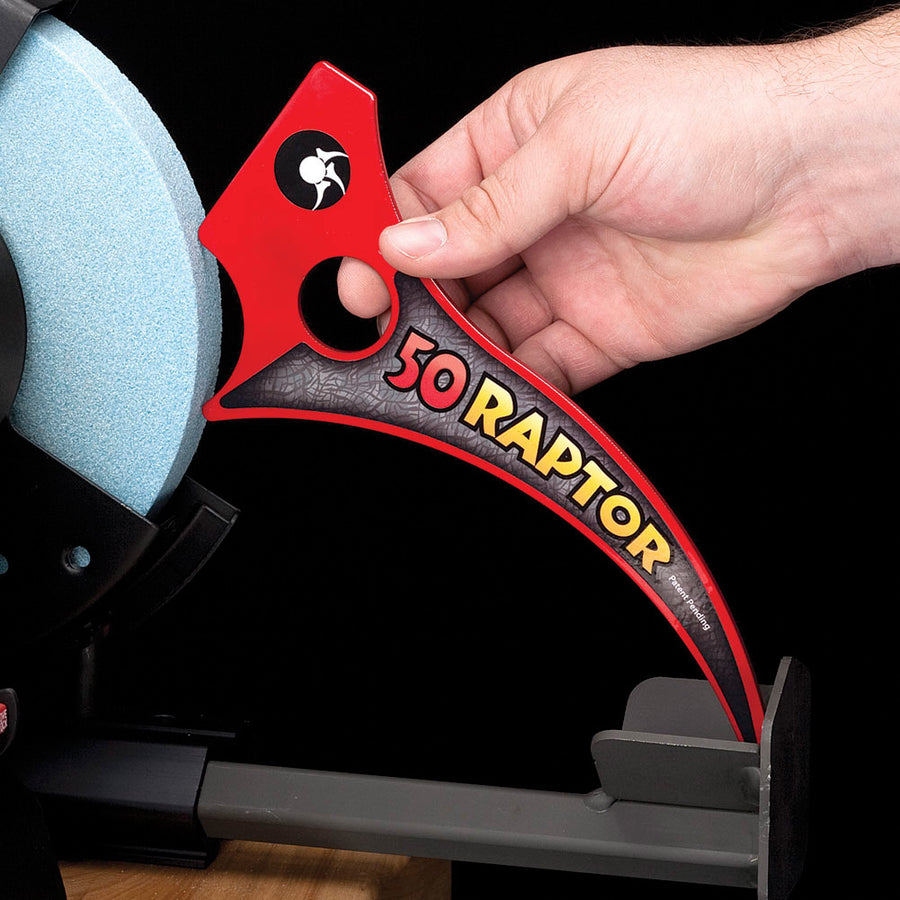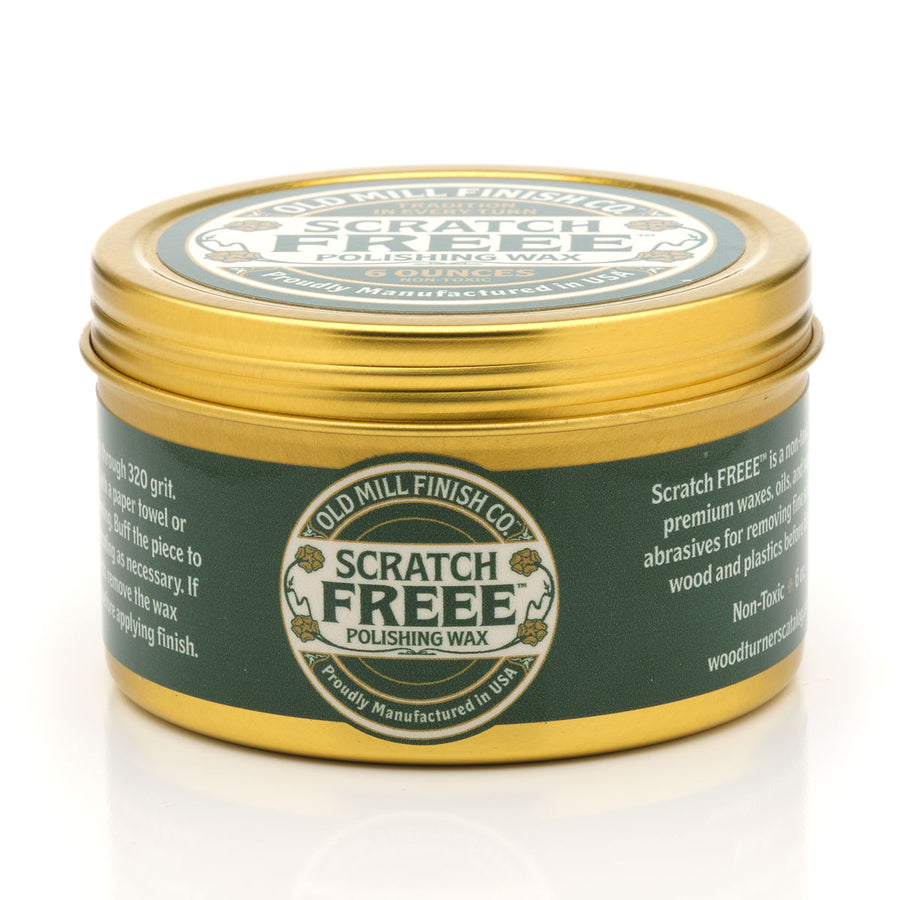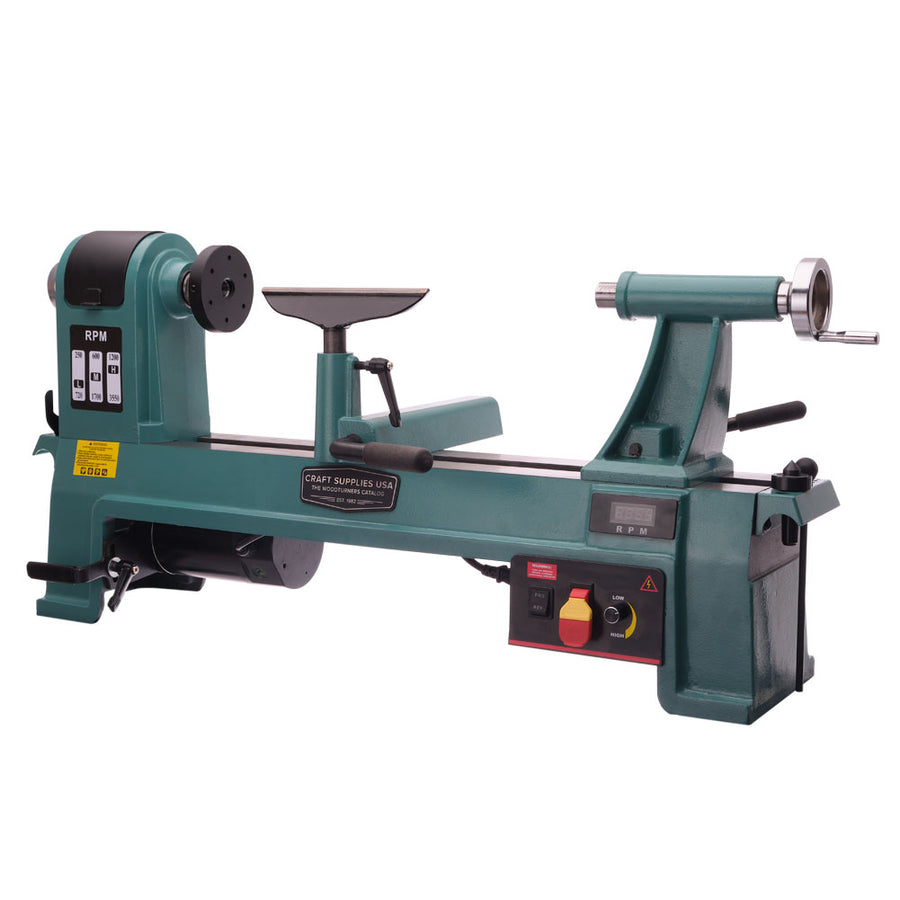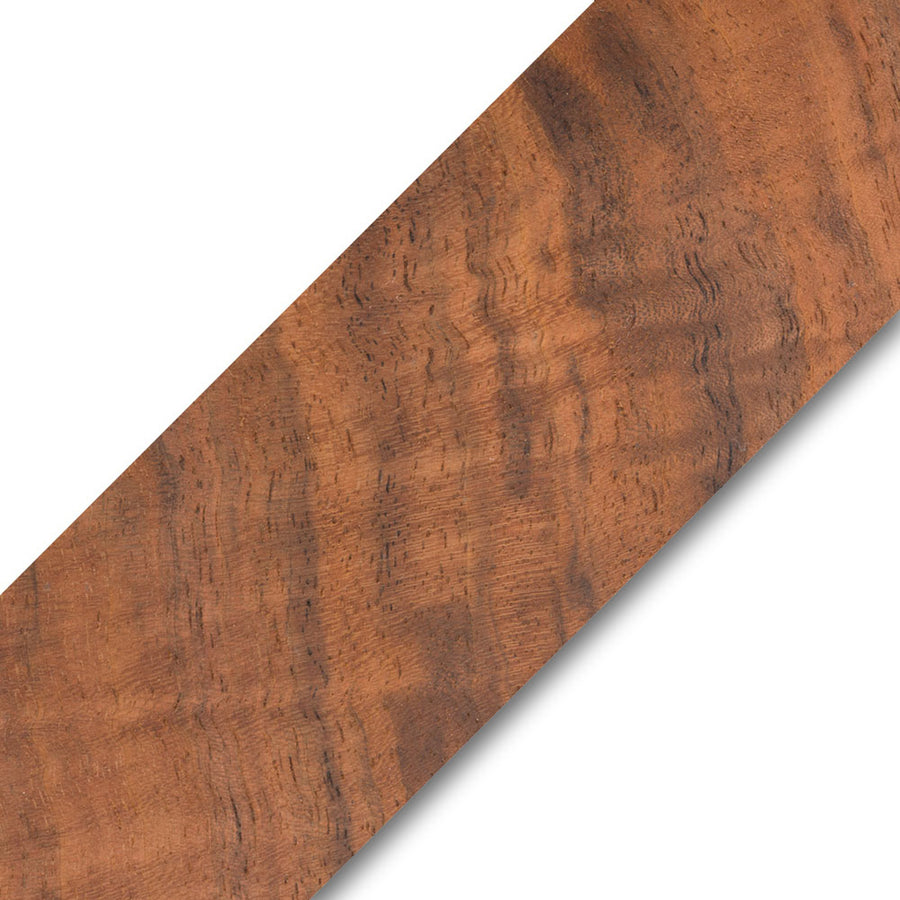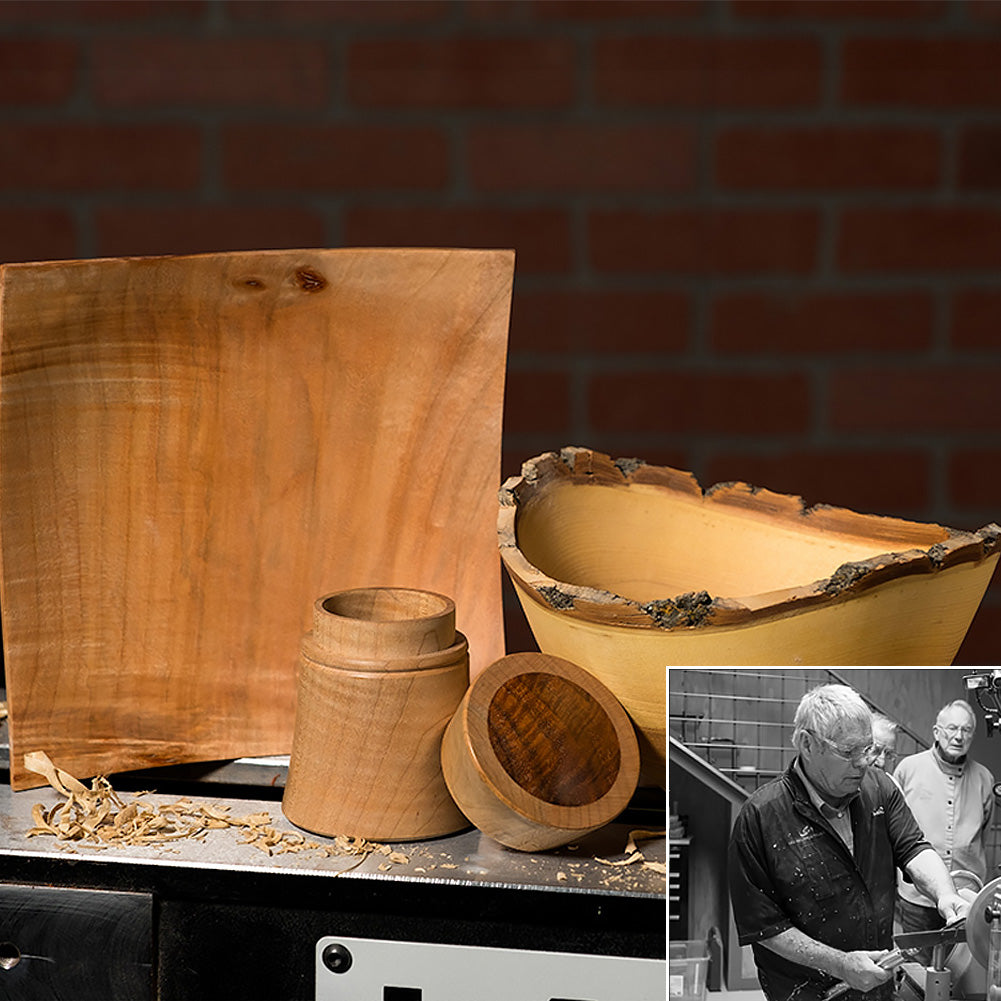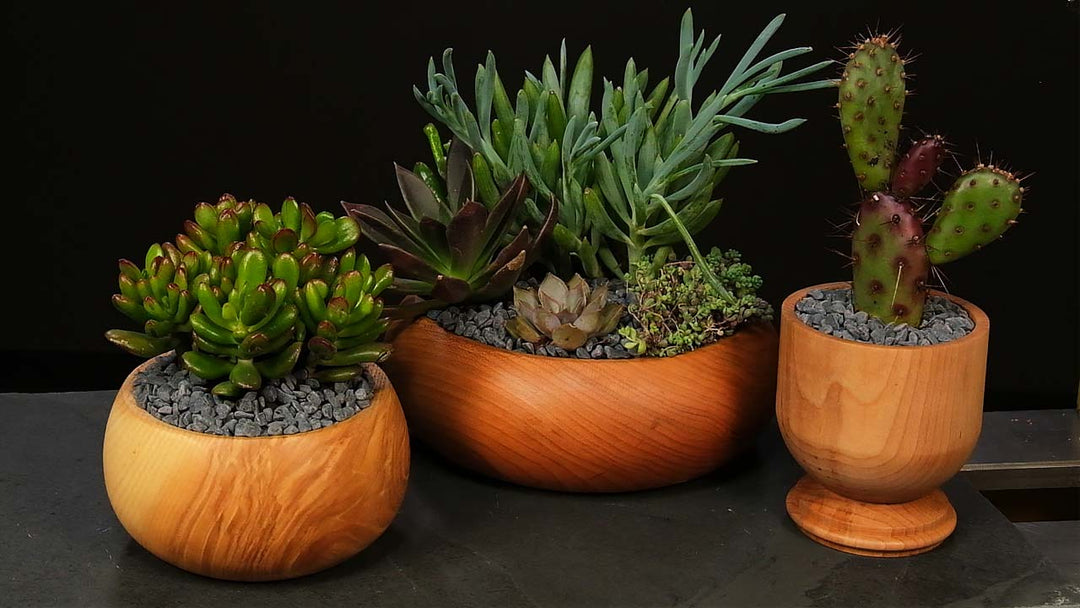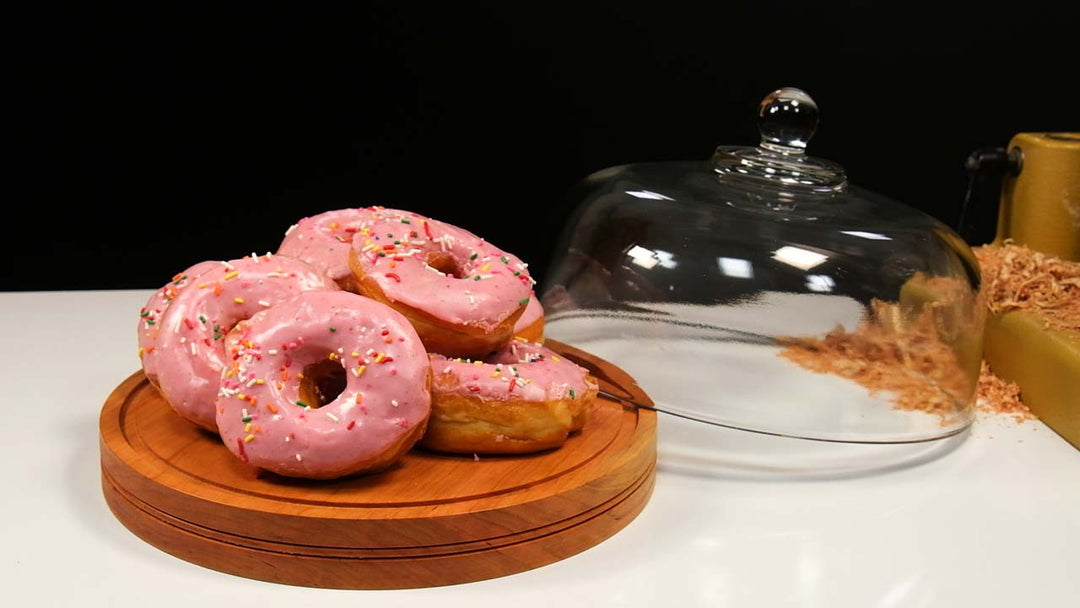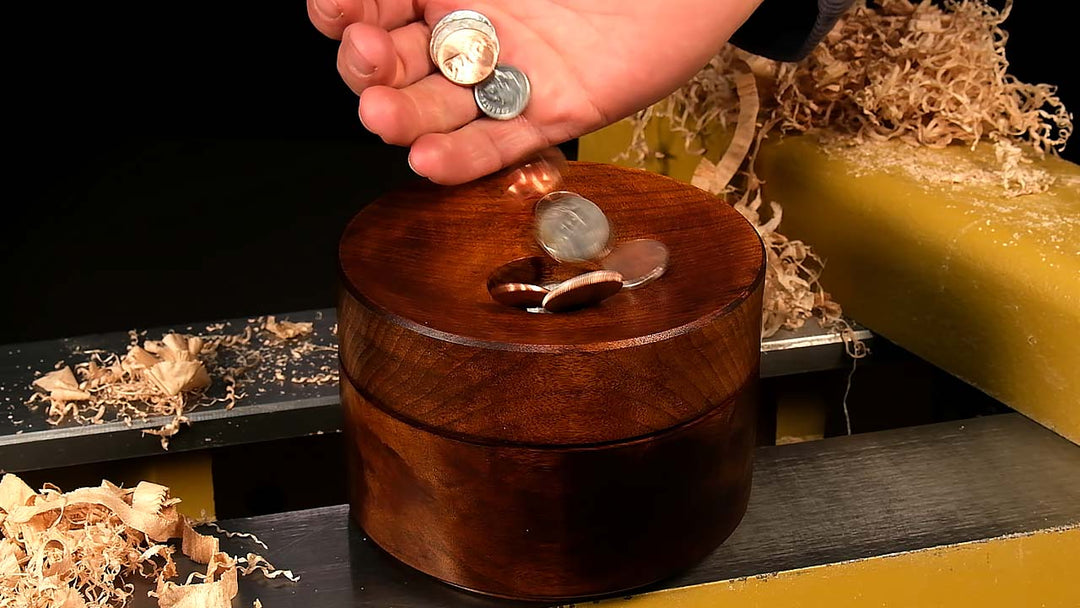Selecting the Right Abrasives
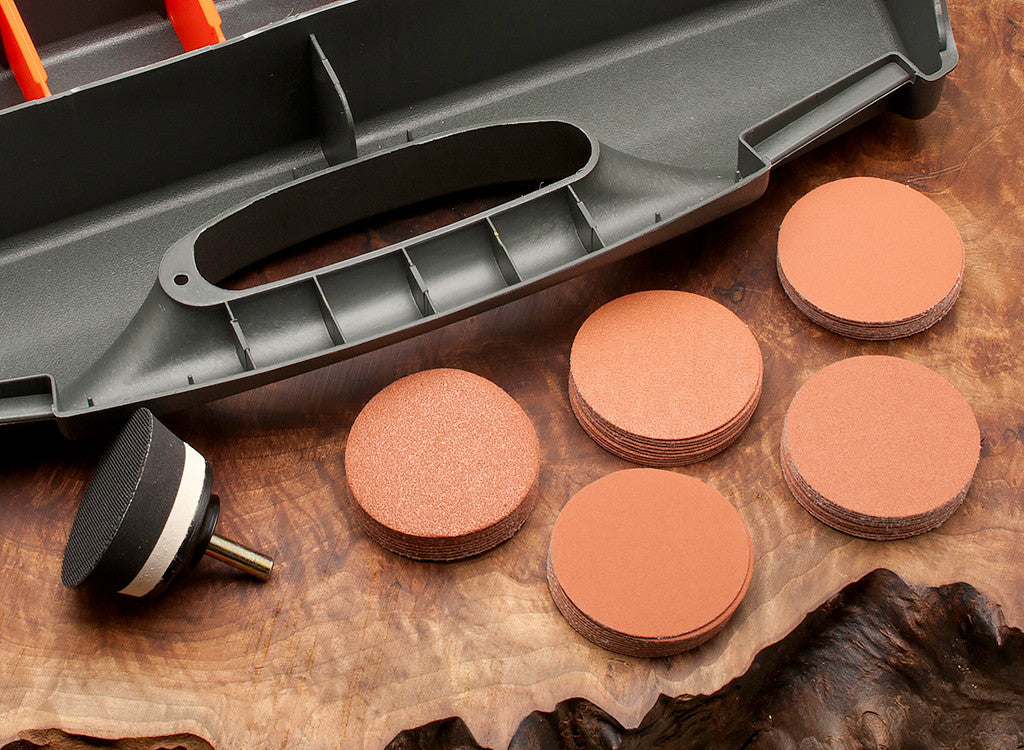
Quality abrasives and patience are essential to a great woodturning finish. Here you’ll find everything you need for sanding and polishing from top quality hook-and-loop abrasives to micro-mesh abrasives, all at a guaranteed low price.
Choosing The Right Abrasive
Quality aluminum oxide abrasive is used on most abrasives we offer. The type of backing material, whether it be paper,cloth,etc. determine how long the abrasive will remain intact and stay sharp. We also offer a Ceramic disc with a pressure sensitive adhesive (PSA) backing, which is the longest lasting disc and fastest cutting disc we sell. Review the product description carefully and determine which best suits your needs before buying.
What Grits Do I Need
Sanding begins with a grit sufficiently coarse to remove imperfections left by the tool. Final sanding should be done to 400 grit as a minimum for best results. The finer you sand, the smoother the finish.
When Do I Change Grits
Changing grit before the surface has been sufficiently sanded is a common mistake. Progressing to a finer grit too soon will leave deeper scratches left by the previously used coarser grit. When you can see that the only imperfections on the wood surface are caused by the current grit, then its time to change grits.
Making Abrasives Last Longer
The fact is most abrasive discs are discarded before they are worn out. When a disc becomes “loaded” with debris, the abrasive is no longer exposed sufficiently to cut making it feel like it’s dull. Using a disc cleaner to remove embedded material from your disc when they feel dull will save you money.
Sanding Techniques
Sanding Acrylics And Stabilized Woods
Micro-Surface abrasives are highly recommended for finishing all types of plastics and stabilized woods as they are available in super-fine grits and can be used for wet sanding without deteriorating.
Prevent Heat Checks When Sanding
Excess heat when sanding can cause small cracks or “checks” in the wood surface. This is particularly common when sanding unseasoned wood. To prevent this make sure the sanding surface is not to hot to the touch.
Sand From The Center Down
When sanding, only the lower half of the disc should make contact with the work. If you try to sand with the top half of the disc, this will produce a “catch” forcing the sander downward and into the workpiece.
Inertia Sanders
Available in several configurations, inertia sanders rely on the rotation of the workpiece to create the cross-cutting action of the disc. though they are not as aggressive as power sanders, they create less dust and do not require power to operate.
Drills And Power Sanding
Power Sanding subjects the power drill to a large amount of dust and debris over time. This shortens the life of any drill significantly and no power drill is designed to be dust-proof. For this reason we recommend using an air sander made specifically for sanding or an inexpensive drill which can often times be found in a second-hand store.
